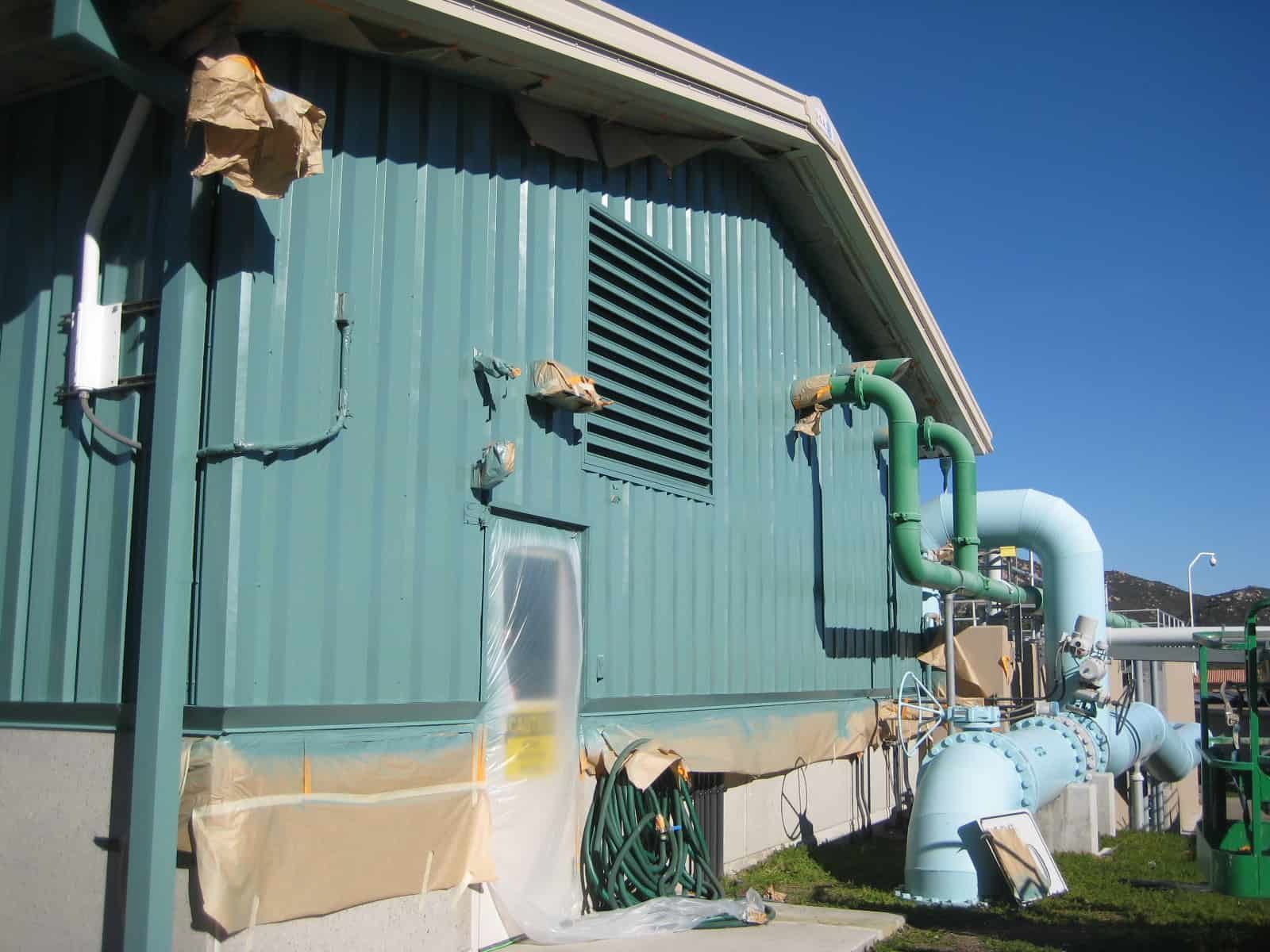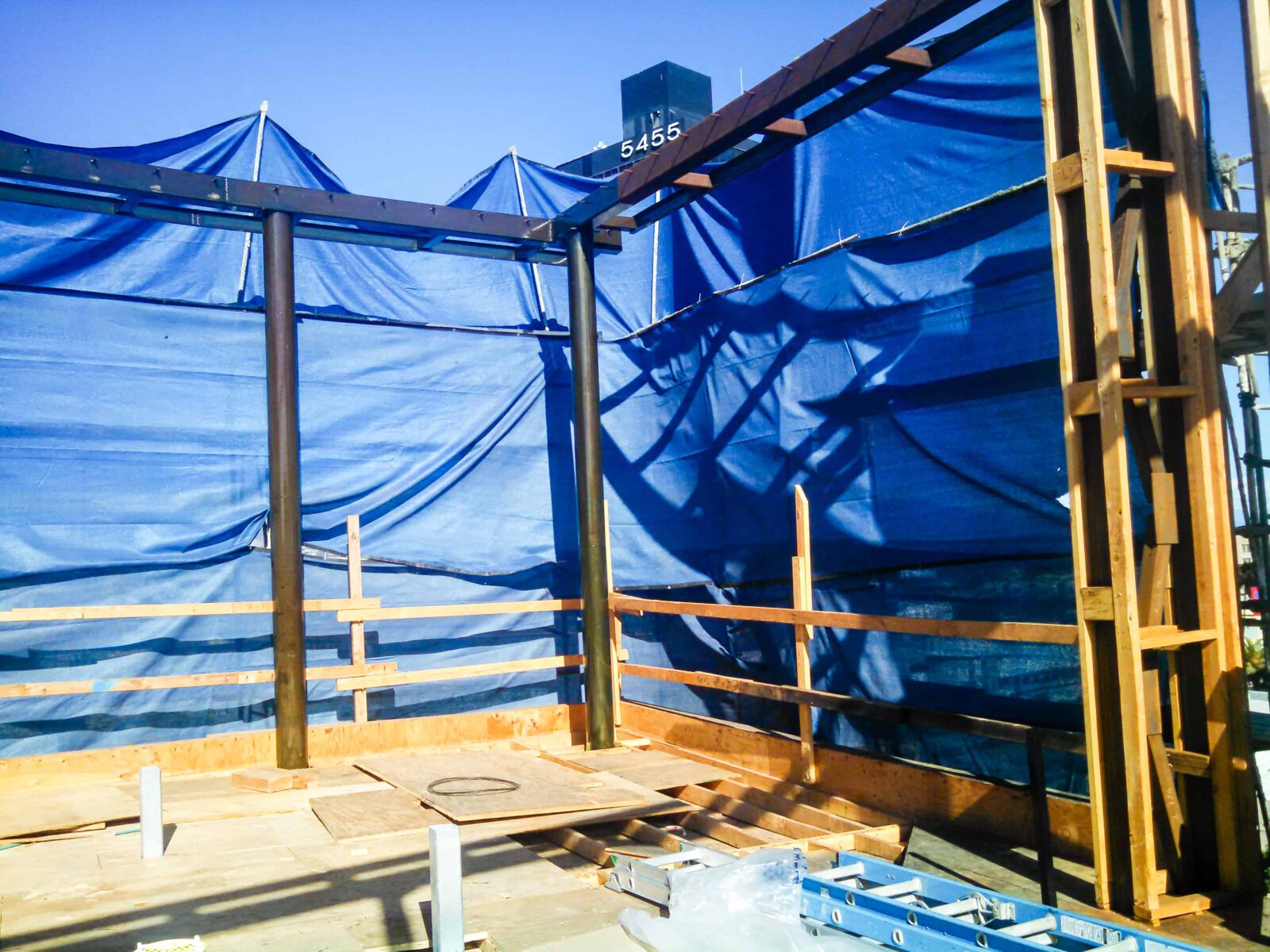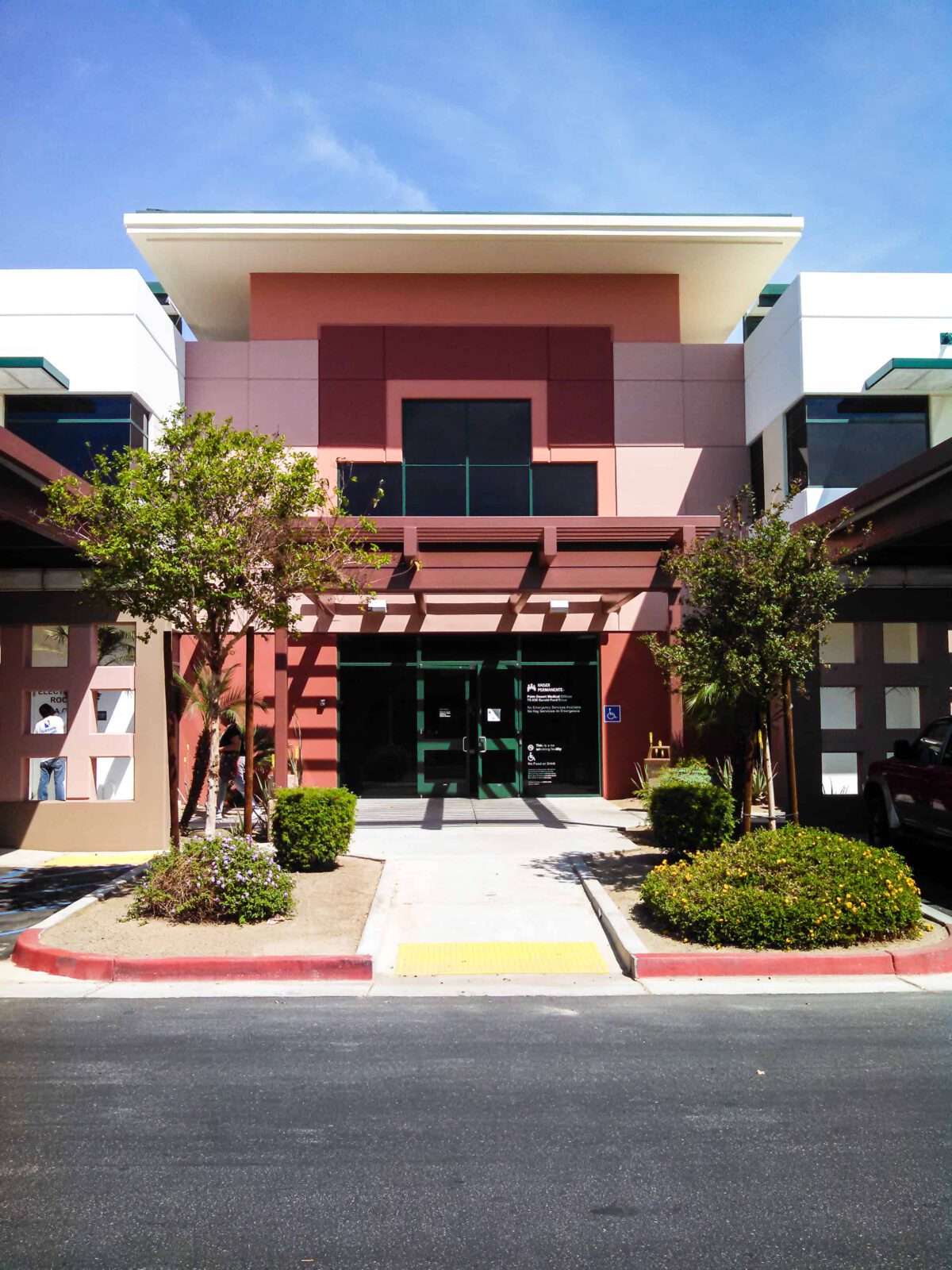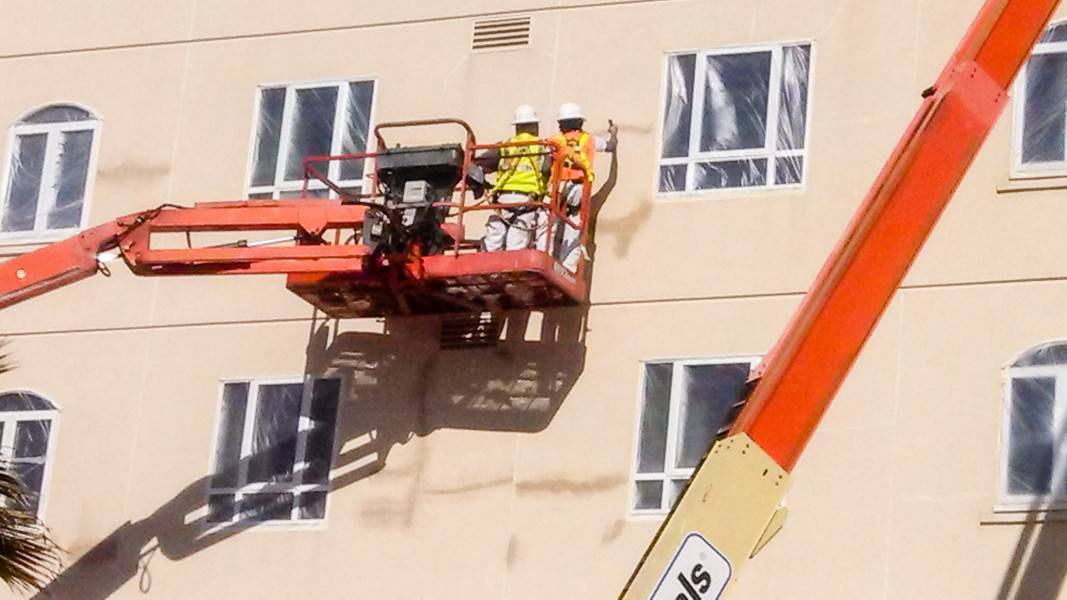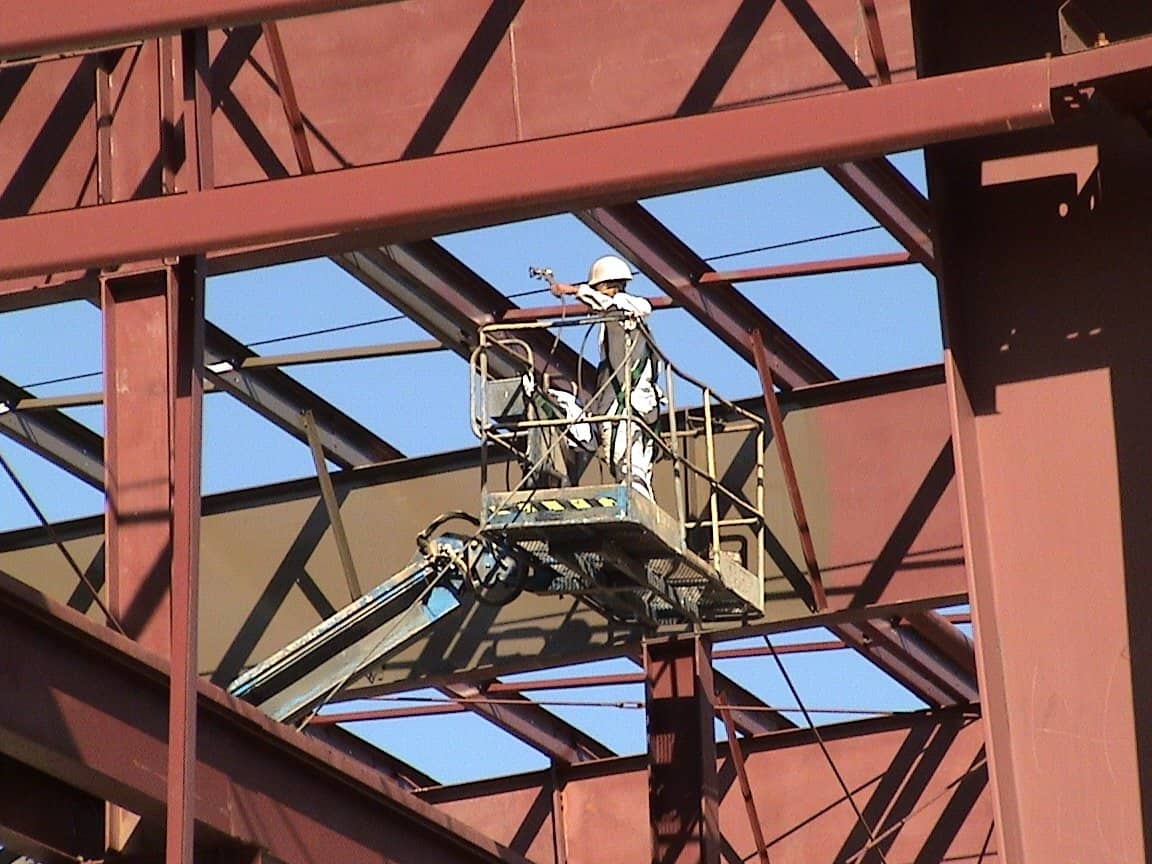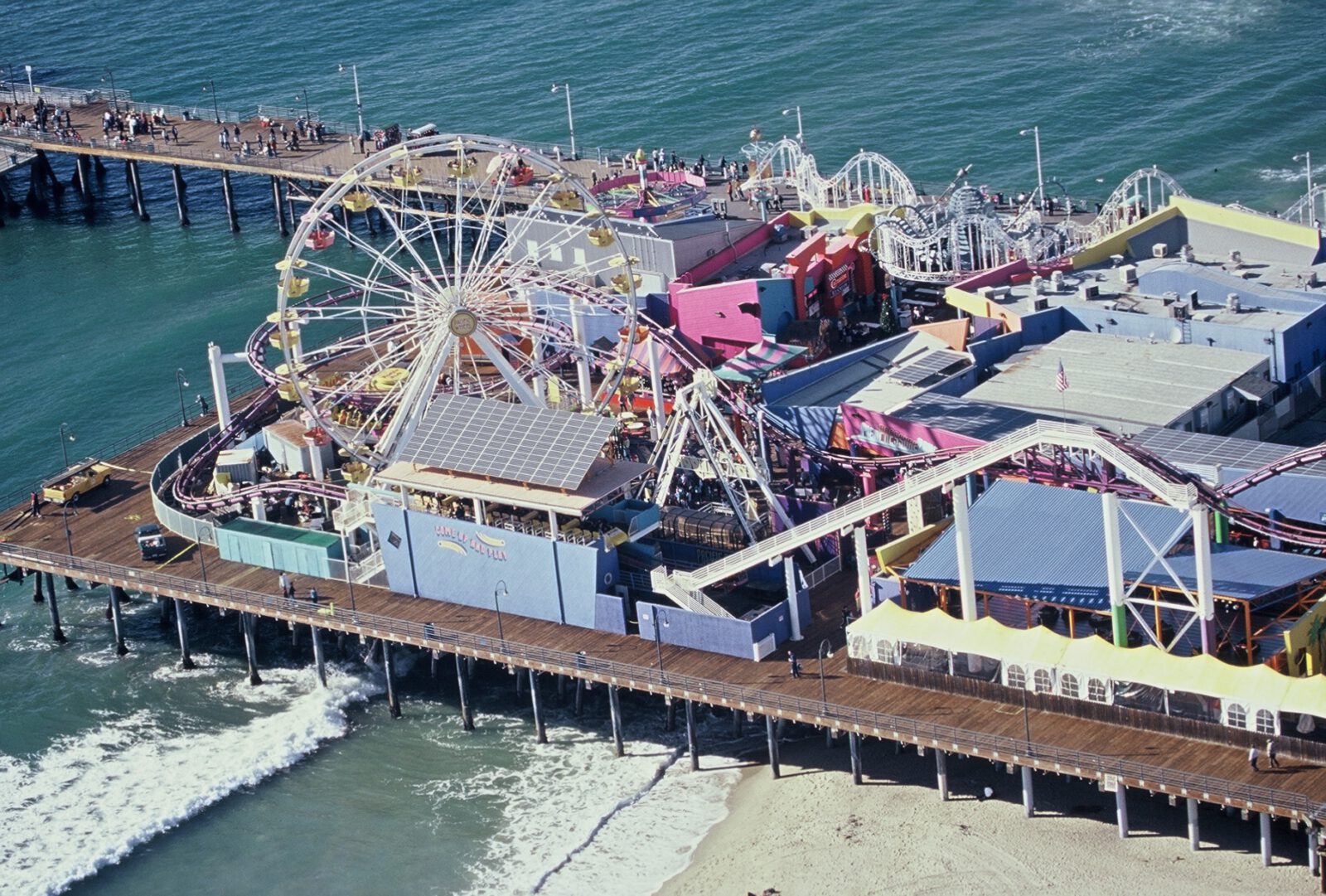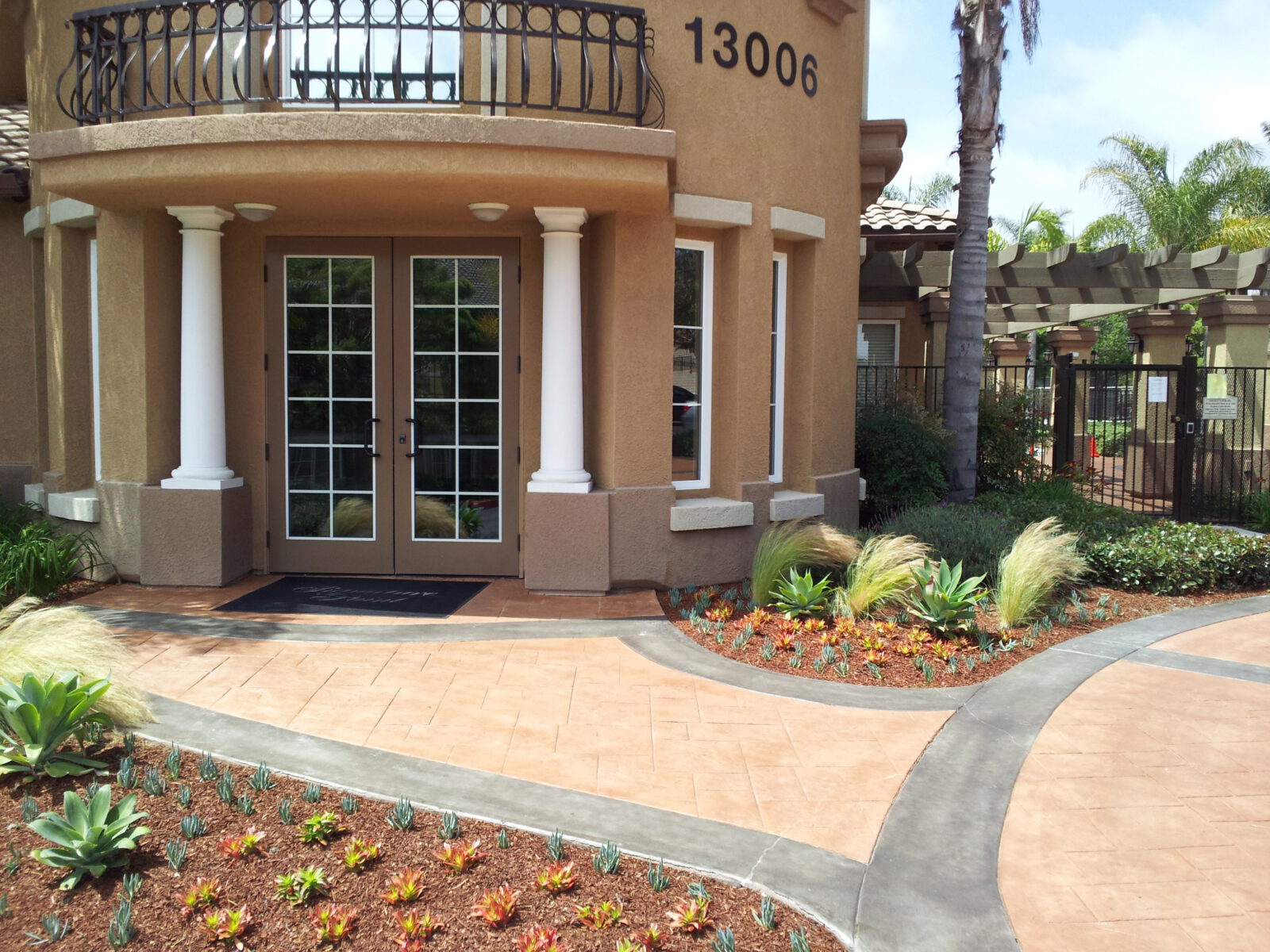Commercial and industrial painting projects require more groundwork than simply buying and applying paint. Through our many years of experience, we’ve developed a comprehensive approach to planning, management, and execution that keeps projects running smoothly, so we can complete the work on time and within budget—without relying on shortcuts. Here’s what you can expect when you contract with Raider Painting:
Our Process

Thorough Planning and Attention to Detail
Initial Contact, Site Inspection
and Estimation
Get in touch with us to discuss your project requirements.
One of our estimators will get in touch to discuss the specifics of the project and schedule a time to view the site. This initial call gives us an opportunity to discuss your project and identify your needs, as well as your ultimate vision of the finished product. We will gather preliminary information such as plans, specs and/or photos you can email us of the site and the areas requiring attention. We may also provide preliminary pricing during the call to give you an idea of costs to allow you to determine upfront if it fits within your budget.
Site inspection means we come to your facility to verify conditions. Getting an on-the-ground look at things is often the only way to know exactly what’s required and how long it will take. We will walk through issues and areas to be covered and present the options available to you for the space, surfaces, materials and finishes to achieve the best possible impact. We’ll talk timeline, budget, value, phasing, recommendations and how best to get the work done with minimal impact to your business. We’ll take detailed photos and measurements used to produce a final proposal for your review.
Proposal and Project Approval.
Now is the time to get down to details.
We’ll give you a detailed estimate for the work to be done, which will include the proposed “scope of work,” recommended surface preparation, appropriate paint/coating products and application methods. Once you receive the proposal, we’re happy to review it with you to answer any questions or provide further clarifications.
If the proposal pricing is outside your budget, we can provide “value engineering,” if appropriate to the project. This is where we work with you to adjust the scope of work, materials and other factors to fit your needs and your budget while still ensuring a successful outcome with lasting results. This process helps us to understand what we need to do for you to make the project a success. To do our job right, we need to fully understand your expectations.
Once you’re happy with the complete scope of work, timeline and budget, and have approved the proposal, we can proceed with materials, color selection and the work itself.
Material Orders and Work Scheduling.
Together, we choose the appropriate materials for aesthetic appeal.
Standard paint colors and materials are readily available, but certain specialized coatings can have significant lead times, so the quicker we can order materials, the better. Prior to ordering product, we need approved colors, which is achieved in one of three ways: (1) a computerized paint match to an existing paint sample; (2) you select specific colors from manufacturer or designer specifications; or (3) we request large-swatch product samples called “draw-downs” from the manufacturer. Once approved materials are in place, we distribute the material safety data sheets and product data sheets to you, the on-site supervisor and other coordinators for the products we will use.
Once we’ve verified manufacturer lead times, if any, we work with you to plan work around your production schedule. This requires coordinating work periods, site access, site-specific safety requirements, weather concerns and accounting for cure times specific to the materials we’re using.
Project Work and Inspections.
Bringing it all together safely and efficiently.
Teams are mobilized to the job site to get the work done. We work around your needs to complete the job in a safe, timely and efficient manner. This sometimes means closing off the job site for safety to the surrounding public, and covering areas not to be painted, such as taping off windows and other areas.
Surface preparation can involve blasting, power washing, hand tool or mechanical prep, or other methods of treating surfaces for better adhesion. Product application can be done in one or multiple mobilizations depending on the specific project. Some areas may be blocked off to allow for appropriate dry times as applicable to product specifications.
During work, supervisors perform regular safety inspections and safety meetings with the crew. Supervisors report back to the project manager regarding progress, report areas of concern, and meet with you regularly during this phase to discuss progression, concerns, or additions and changes to the scope. Project managers also make periodic site visits to ensure work quality meets our high standards.
We are committed to maintaining a clean and efficient work space, and take special care to make sure that when the work is done, you’ll never know we were there.
Project Completion.
We love it when a plan comes together.
Upon “substantial completion” of the scope of work, the supervisor and/or project manager perform a final walk-through with you to ensure that all items are completed. If necessary, a list of pending items, called a “punch list,” is written down and crews address and/or complete these items to close the project.
The super and the PM ensure that you are completely satisfied with the project’s outcome prior to pulling off our crews and equipment, and marking the project as complete.
Judge for yourself — visit our projects now.
Questions or comments?
Ready to get your project started?


